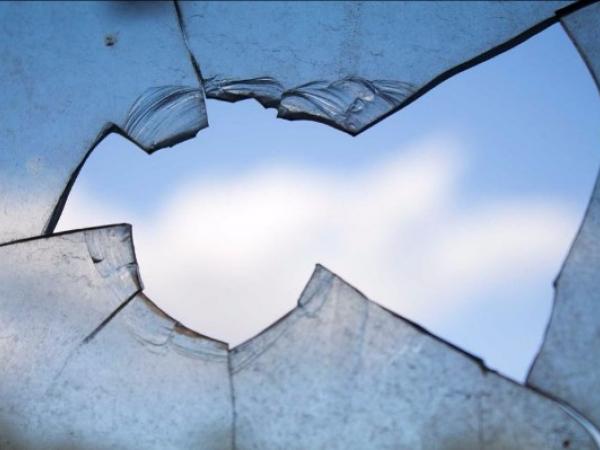
Date: 17 May 2016
When glass breaks, it means that it is of bad quality.
A common misperception people have about glass is this: when a glass breaks, it means that the glass is of bad quality. That is usually not the case, as most proper processed glass go through an internal quality check before it is being deemed suitable for use. Quality aside, glass can break for a variety of reasons.
This includes environmental factors and how it is being used. Environmental factors could include surface damage from mishandling, wrong installation method, varying temperatures the glass is exposed to, or the framing system. When it is not used as was originally intended, it could also lead to breakage. One example would be a glass door: when the sign says ‘pull’ but users ‘push’ the door instead, it could result in breakage because the hinges are not meant to be swung both ways. One way to avoid potential injuries after breakage is to laminate the glass, so that the pieces will adhere to the interlayer (check out our laminated glass product here: DuraSafe).
2. Glass should not be used in cold climates
.jpg)
Should glass be used in cold climates at all? Many of us feel that glass is not an effective barrier against the cold, due to preconceived notions set many years ago when glass was first used as a building material. However, fast forward to now, with so many technological advances made; and glass is fast becoming the main building material used in façades and claddings. This is due to the vast and continuous improvements in its thermal insulation performance, resulting in maximum daylighting into a building as well as maximum solar heat gains (or minimum, if the building is in a hot climate). To keep sunlight in but keep out unwanted heat, you could try our Low Emissivity Glass.
3. Skylighting is the same as daylighting
Many people confuse these two terms or use it interchangeably, thinking that the difference is very minute. After all, lighting is just lighting, right? Nope. While both uses daylight to light up the interiors of a building, they are different terms referring to different usage in the industry.
Daylighting refers to the broad category of lighting up the interiors with natural light, while skylighting refers to a method under this category. You could think of skylighting as a subset of daylighting, where sunlight is admitted into the building through the installation of glass on certain portions of the roof. As such, skylighting is one of the many methods that can be used to achieve daylighting in buildings. Other methods include creating large windows or a large open space like an atrium inside the building. Daylighting leads to a lesser use of artificial lights in buildings, resulting in energy efficiency and cost savings.
.jpg)
4. There is a visible difference in shading between a thermochromic window and a non-thermochromic window
One of the themes that constantly surface when we discuss thermochromic windows (VariShield) with our clients is this: If I were to install thermochromic glass for all the windows in a building but some of the windows are not affected by sunlight (and hence will stay the same shade throughout), wouldn’t that cause uneven shading in the areas where the glass is tinted to a darker shade because of the sunlight? Wouldn’t that compromise the uniformity of a building? We thought that we should debunk this myth once and for all: Thermochromic glass does not compromise on the uniformity of a building.
Thermochromic glass is known for reacting to the sun’s heat by tinting to a darker shade. The harsher the heat, the darker it gets. However, one should always remember that no matter how harsh the sun’s heat, the thermochromic glass will always allow an occupant to look out and view the scenery outside without having to squint from the sun’s glare. As such, it tints intuitively according to the heat it receives from the sun.
Let’s say the sun is shining down, and the thermochromic windows on the parts of the building affected by sunlight are darkening while thermochromic windows on the parts of the building not affected by sunlight remains the same shade. It is natural to assume that this will result in some of the glass being a darker shade than the others. However, we often forget that with sunlight comes shadows. The windows not affected by the sun will be in the shadows, and thus will appear to be a darker shade than it originally is. Whereas, the windows affected by the sun will be turning a darker shade because it is thermochromic, so the end shade of the windows in the sun will be similar to the windows in the shade.
Conversely, if a building were to have normal glass for its windows, the following will happen. The windows not affected by the sun will be in the shadows, and thus will appear to be a darker shade than it originally is. Whereas, the windows affected by the sun will appear to be a lighter shade because the sun is shining in and people outside the building would be able to see into the building with ease since it will not intuitively tint to a darker shade. This will result in the building’s windows having uneven shading due to the sunlight and shadow effect.
 600450
600450
































Add new comment